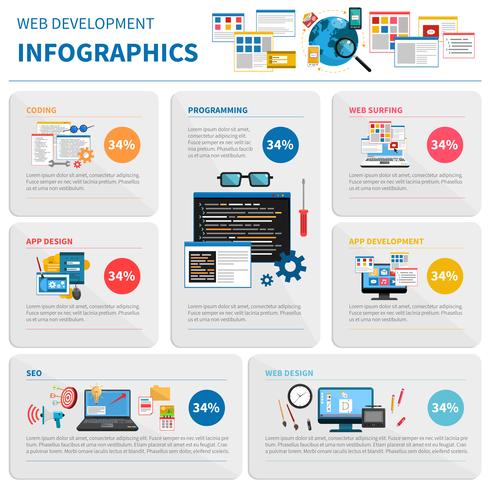Intrigued In Learning How Site Layout Has Evolved For Many Years? Explore The Trip From Simple Designs To User-Centered Approaches
Intrigued In Learning How Site Layout Has Evolved For Many Years? Explore The Trip From Simple Designs To User-Centered Approaches
Blog Article
Write-Up Created By-Kinney Dalby
In the past, web sites were easy and concentrated on details. Navigating was straight, and style was for desktops. Currently, user experience is vital. Information overviews designs for very easy navigation. Responsive layouts fit various devices. Today, dark setting lowers strain, and minimal food selections improve navigation. Interactive features engage customers, and vibrant visuals stand apart. AI combination enhances engagement. See just how style has progressed to boost your on the internet journey.
Very Early Days of Web Design
In the early days of website design, simpleness reigned supreme. Internet sites were fundamental, with restricted colors, typefaces, and formats. The focus got on offering details instead of flashy visuals. Customers accessed the net through slow dial-up connections, so rate and performance were essential.
Navigation food selections were straightforward, commonly located at the top or side of the web page. Web sites were made for desktop computers, as mobile surfing had not been yet common. Web content was king, and developers focused on very easy readability over complicated style elements.
HTML was the key coding language used, and designers needed to work within its restrictions. Animations and interactive functions were minimal compared to today's standards. Web sites were static, with little dynamic material or customized user experiences.
Increase of User-Focused Design
With the advancement of internet site design, a shift in the direction of user-focused design concepts has become progressively popular. Today, developing websites that prioritize user experience is vital for involving visitors and accomplishing organization objectives. User-focused style entails recognizing the needs, choices, and actions of your target market to tailor the website's design, material, and includes appropriately.
Developers currently carry out detailed study, such as user surveys and use testing, to gather understandings and feedback straight from users. This data-driven method aids in producing user-friendly navigating, clear calls-to-action, and visually attractive interfaces that reverberate with site visitors. By putting https://deanpjeys.snack-blog.com/27583490/recognizing-the-partnership-in-between-internet-site-hosting-and-search-engine-optimization-a-thorough-evaluation at the facility of the style procedure, sites can supply a more customized and enjoyable experience.
Receptive layout has likewise become a key element of user-focused style, making certain that web sites are optimized for different tools and screen sizes. This flexibility boosts ease of access and functionality, satisfying the diverse ways users interact with sites today. Fundamentally, the rise of user-focused layout represents a shift in the direction of creating electronic experiences that prioritize the requirements and expectations of the end customer.
Modern Trends in Web Design
Check out the most up to date trends shaping web design today. https://www.searchenginejournal.com/social-commerce-tips/434051/ is dark setting layout, supplying a streamlined and modern-day look while reducing eye stress in low-light settings. An additional vital trend is minimal navigation, streamlining food selections and improving individual experience by focusing on essential elements. Integrating micro-interactions, such as animated switches or scrolling effects, can develop a much more appealing and interactive internet site. Receptive style stays critical, making sure smooth individual experiences across various gadgets. In addition, utilizing bold typography and asymmetrical formats can add visual rate of interest and draw attention to details content.
Integrating AI innovation, like chatbots for client assistance or customized suggestions, improves individual interaction and streamlines processes. Availability has additionally become a considerable fad, with designers prioritizing inclusive design techniques to accommodate diverse customer needs. Welcoming sustainability by optimizing internet site performance for speed and performance is one more emerging fad in web design. Collaborating with individual comments and data analytics to iterate and improve design continuously is crucial for staying appropriate in the ever-evolving electronic landscape. By welcoming these modern patterns, you can create an aesthetically enticing, straightforward internet site that resonates with your audience.
Conclusion
As you reflect on the development of website style from the very early days to currently, you can see how user-focused layout has become the driving pressure behind contemporary fads.
Accept the trip of modification and adjustment in website design, constantly maintaining the user experience at the center.
Keep present with the current patterns and modern technologies, and never ever quit developing your technique to develop aesthetically sensational and user-friendly websites.
Advance, adjust, and create - the future of web design is in your hands.
